Confused at all the threat group names? You’re not alone. CrowdStrike and Microsoft want to change that
A host of big tech players want to overhaul disparate threat group naming practices


‘Cozy Bear’, Nobelium, ‘Midnight Blizzard’, we’ve all heard various names used to identify cyber threat groups, and these three in particular refer to the same group.
It’s all rather confusing at times, prompting cybersecurity professionals and laymen alike to ponder who exactly they’re dealing with or reading about.
You mean to tell me this group is the same one that hit a separate company months ago, just with a different name?
The reason for this is based on how they’re tracked. These groups are given identifiers based on which company detects and tracks certain activities. Given the number of big tech companies and threat intelligence firms keeping tabs on the cybersecurity landscape, there’s not exactly been a sense of unity or alignment– at least until now.
Microsoft and CrowdStrike have announced a first-of-its-kind collaboration to build a shared mapping system for naming cyber threat actors. CrowdStrike believes the move will “bring clarity and coordination” in how threat actors are both identified, and crucially, tackled by cybersecurity professionals.
“By reducing ambiguity in how adversaries are labeled, this mapping enables defenders to make faster, more confident decisions, correlate threat intelligence across sources, and better disrupt threat actor activity before it causes harm,” CrowdStrike said in a statement confirming the move.
Essentially, by making it easier to join the dots with these naming conventions, cybersecurity defenders across the industry can make a concerted, unified effort to tackle ongoing threats.
Sign up today and you will receive a free copy of our Future Focus 2025 report - the leading guidance on AI, cybersecurity and other IT challenges as per 700+ senior executives
Adam Meyers, SVP, Counter Adversary Operations, CrowdStrike, describes the move as a “watershed moment” for the cybersecurity industry, and one that’s been a long time coming.
“Adversaries hide behind both technology and the confusion created by inconsistent naming,” he said. “As defenders, it’s our job to stay ahead and to give security teams clarity on who is targeting them and how to respond.”
Meyers said that combining CrowdStrike’s deep expertise in threat intelligence with Microsoft’s “valuable data sources on adversary behavior” will ultimately prove beneficial to the broader industry.
“Together, we’re combining strengths to deliver clarity, speed, and confidence to defenders everywhere,” he added.
How will the naming convention changes work?
To begin with, CrowdStrike said the collaboration has started with a “shared analyst-led effort to harmonize adversary naming” between the two company’s threat research teams.
This deeper level of information sharing has delivered results so far, according to CrowdStrike, with the companies having already “deconflicted” more than 80 adversaries.
These include threat groups such as Microsoft’s ‘Volt Typhoon’ and CrowdStrike’s ‘Vanguard Panda’ - both of which are names used to refer to Chinese state-sponsored threat actors.
Volt Typhoon has wreaked havoc on US critical infrastructure in recent years, with analysis in March detailing how it was able to remain undetected in the US national electric grid for nearly a year.
Similarly, ‘Secret Blizzard’ and ‘Venomous Bear’, two separate names used to identify a Russian threat group, have been deconflicted.
Analysis from Tanium shows Secret Blizzard has links to ‘Center 16’ of the FSB and specializes in global corporate espionage.
Big tech partners chime in
Microsoft and CrowdStrike aren’t the only organizations leading the charge on this change on adversary naming practices. Google has also agreed to contribute to the scheme alongside its Mandiant threat intelligence group.
Similarly, Palo Alto Networks’ Unit 42 has committed to the naming convention approach.
Ilia Kolochenko, CEO of ImmuniWeb, welcomed the move as a proactive step to creating a more aligned cyber defense ecosystem.
However, he questioned whether complete alignment can be achieved. The industry has “long lasting” issues with regard to unified defense efforts, he said.
“The creation of a unified naming framework for cyber threat actors is certainly a laudable idea, however, whether all other vendors will follow it remains largely uncertain,” he told ITPro.
“The cybersecurity industry knows many similar and long-lasting issues with unification, for example, vulnerability scoring frameworks remain a largely heterogeneous patchwork across different vendors and platforms,” Kolochenko added.
“Having said this, the existing diversity is not necessarily bad: it provides more ground for critical thinking and flexibility in sophisticated and ofttimes subjective questions of attack attribution or risk scoring.”
MORE FROM ITPRO

Ross Kelly is ITPro's News & Analysis Editor, responsible for leading the brand's news output and in-depth reporting on the latest stories from across the business technology landscape. Ross was previously a Staff Writer, during which time he developed a keen interest in cyber security, business leadership, and emerging technologies.
He graduated from Edinburgh Napier University in 2016 with a BA (Hons) in Journalism, and joined ITPro in 2022 after four years working in technology conference research.
For news pitches, you can contact Ross at ross.kelly@futurenet.com, or on Twitter and LinkedIn.
-
 November rundown: CrowdStrike's insider threat
November rundown: CrowdStrike's insider threatITPro Podcast As CrowdStrike grappled with a malicious employee, Cloudflare suffered a major outage
-
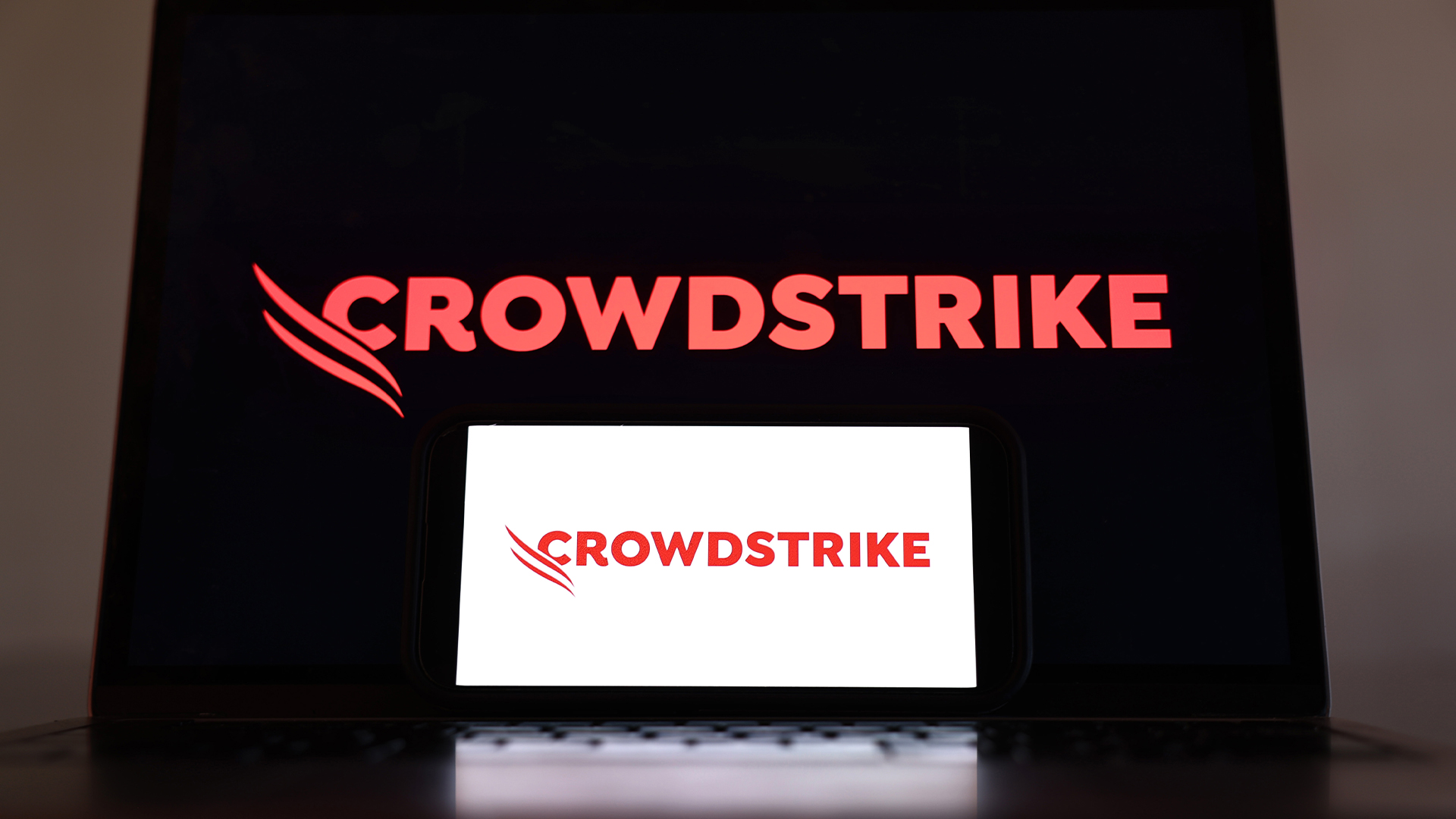 If you're not taking insider threats seriously, then the CrowdStrike incident should be a big wake up call
If you're not taking insider threats seriously, then the CrowdStrike incident should be a big wake up callNews CrowdStrike has admitted an insider took screenshots of systems and shared them with hackers, and experts say it should serve as a wake up call for enterprises globally.
-
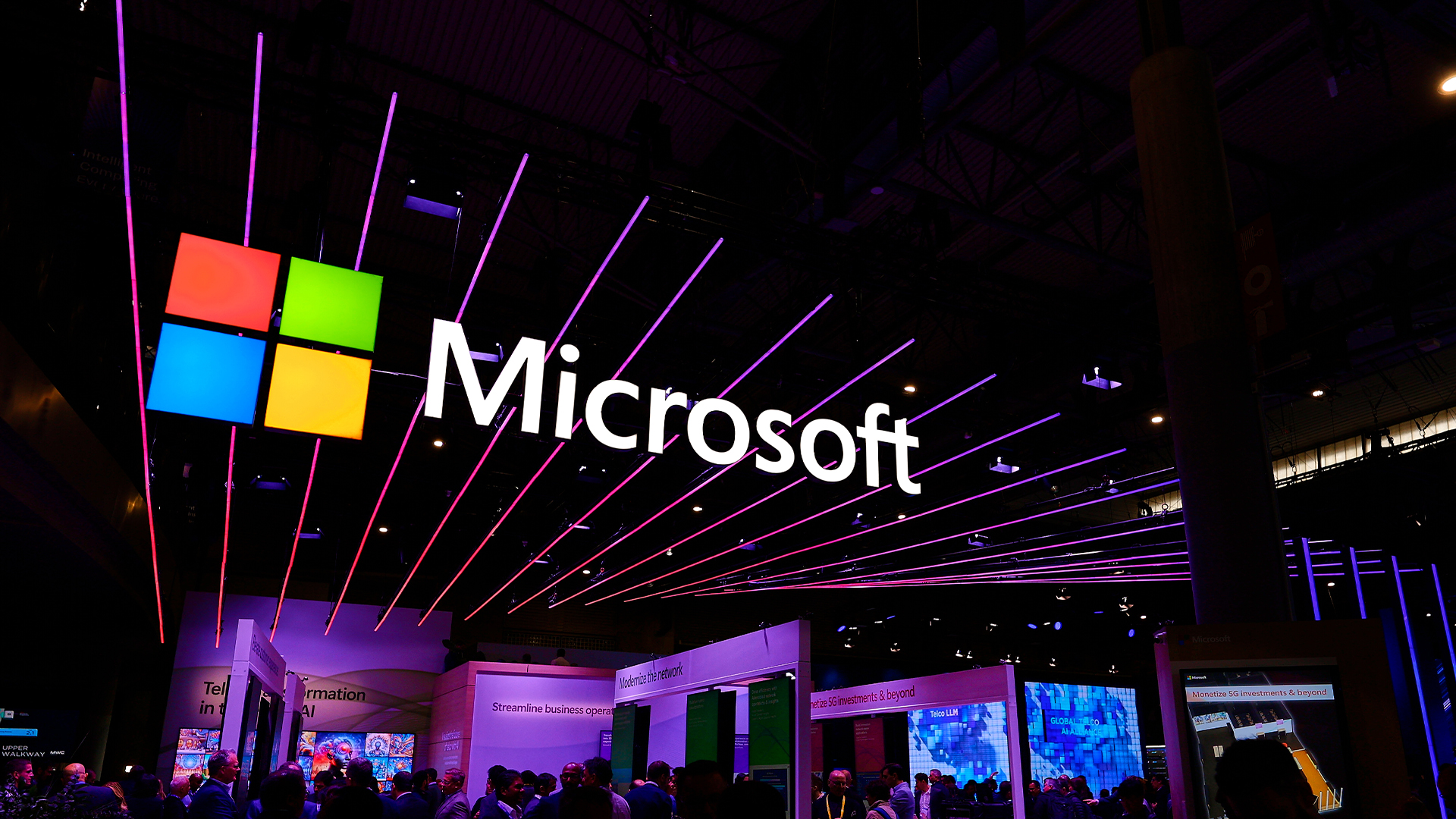 Microsoft opens up Entra Agent ID preview with new AI features
Microsoft opens up Entra Agent ID preview with new AI featuresNews Microsoft Entra Agent ID aims to help manage influx of AI agents using existing tools
-
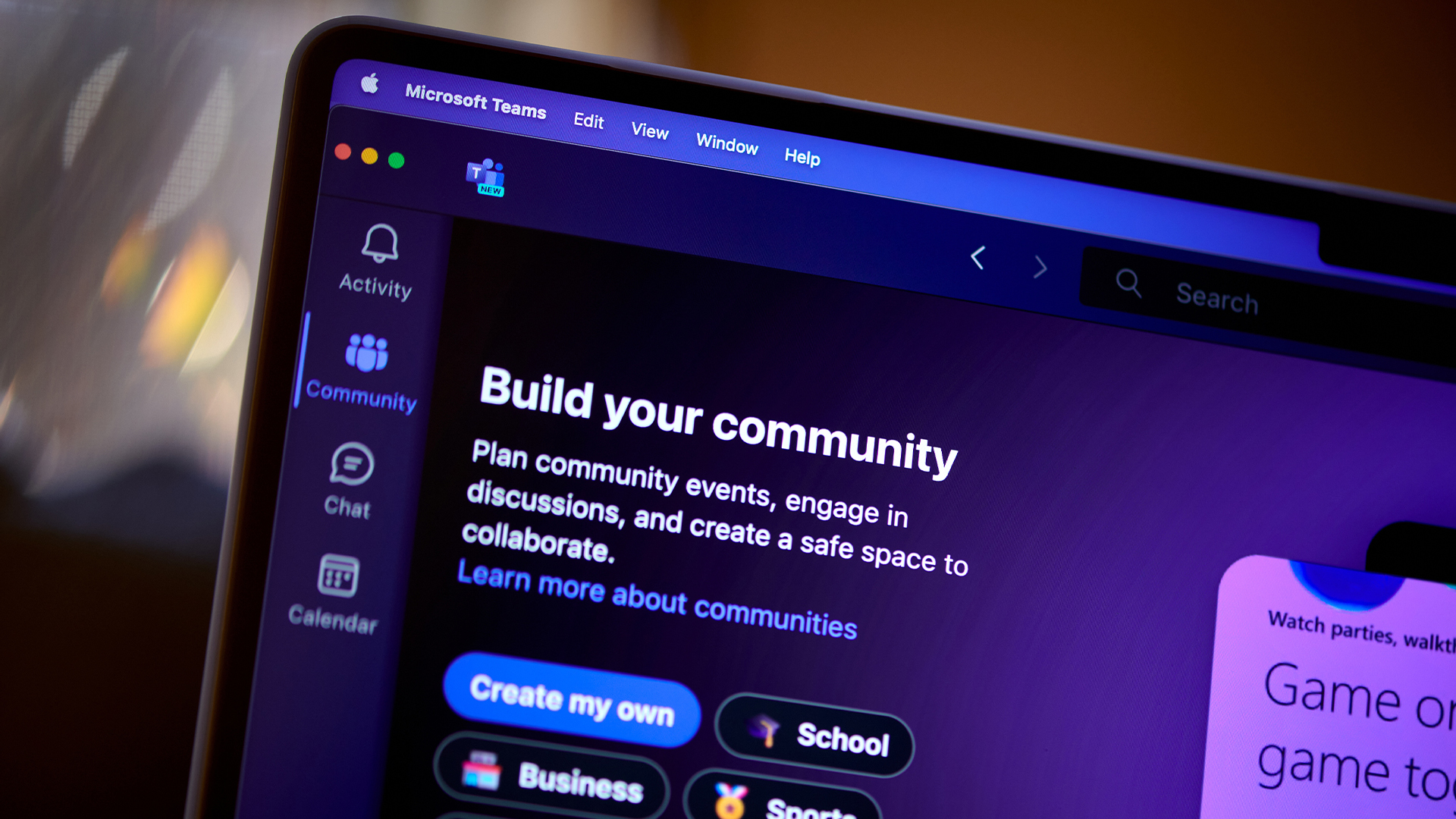 A notorious ransomware group is spreading fake Microsoft Teams ads to snare victims
A notorious ransomware group is spreading fake Microsoft Teams ads to snare victimsNews The Rhysida ransomware group is leveraging Trusted Signing from Microsoft to lend plausibility to its activities
-
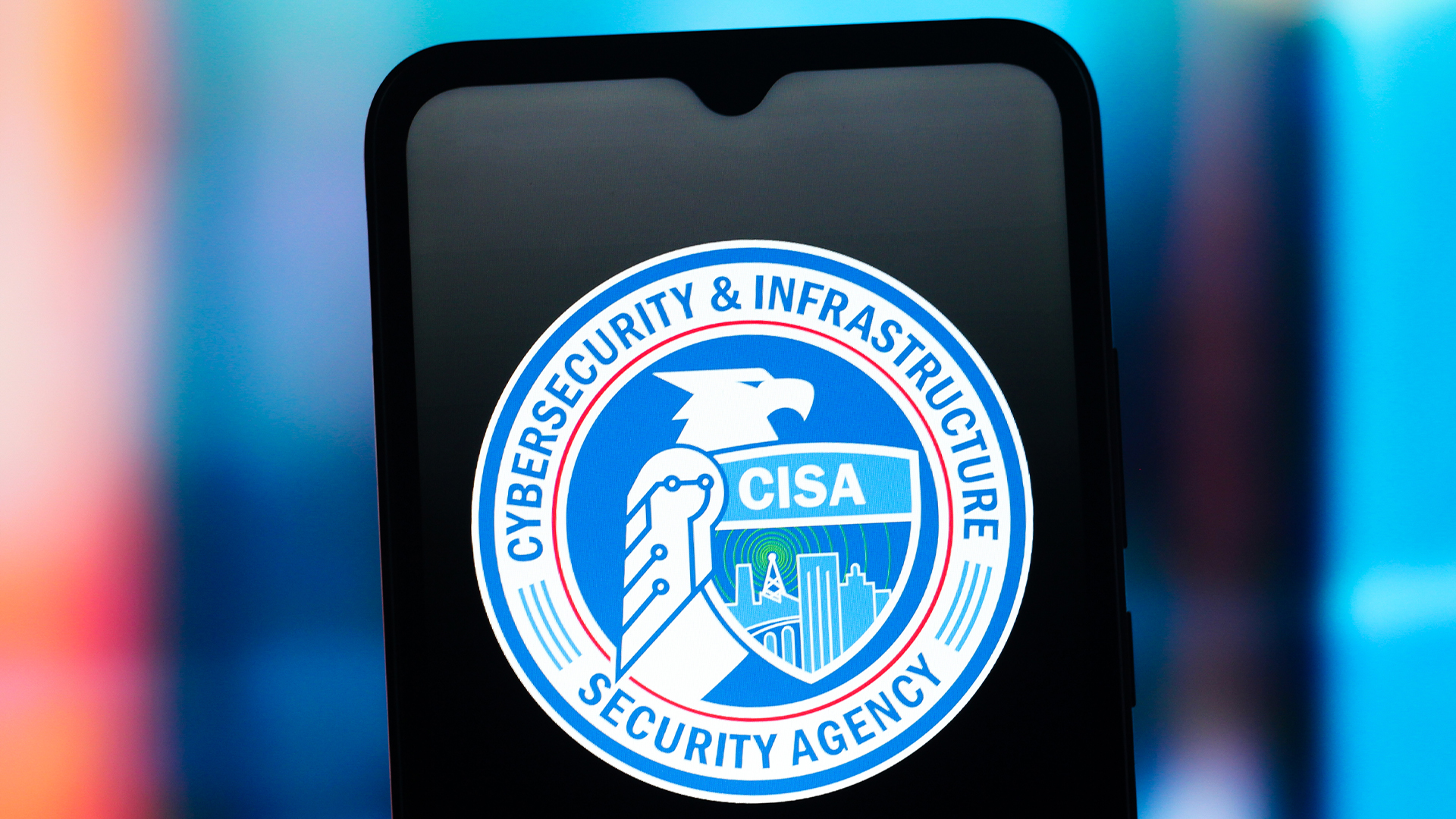 CISA just published crucial new guidance on keeping Microsoft Exchange servers secure
CISA just published crucial new guidance on keeping Microsoft Exchange servers secureNews With a spate of attacks against Microsoft Exchange in recent years, CISA and the NSA have published crucial new guidance for organizations to shore up defenses.
-
 CISA issues alert after botched Windows Server patch exposes critical flaw
CISA issues alert after botched Windows Server patch exposes critical flawNews A critical remote code execution flaw in Windows Server is being exploited in the wild, despite a previous 'fix'
-
 Microsoft issues warning over “opportunistic” cyber criminals targeting big business
Microsoft issues warning over “opportunistic” cyber criminals targeting big businessNews Microsoft has called on governments to do more to support organizations
-
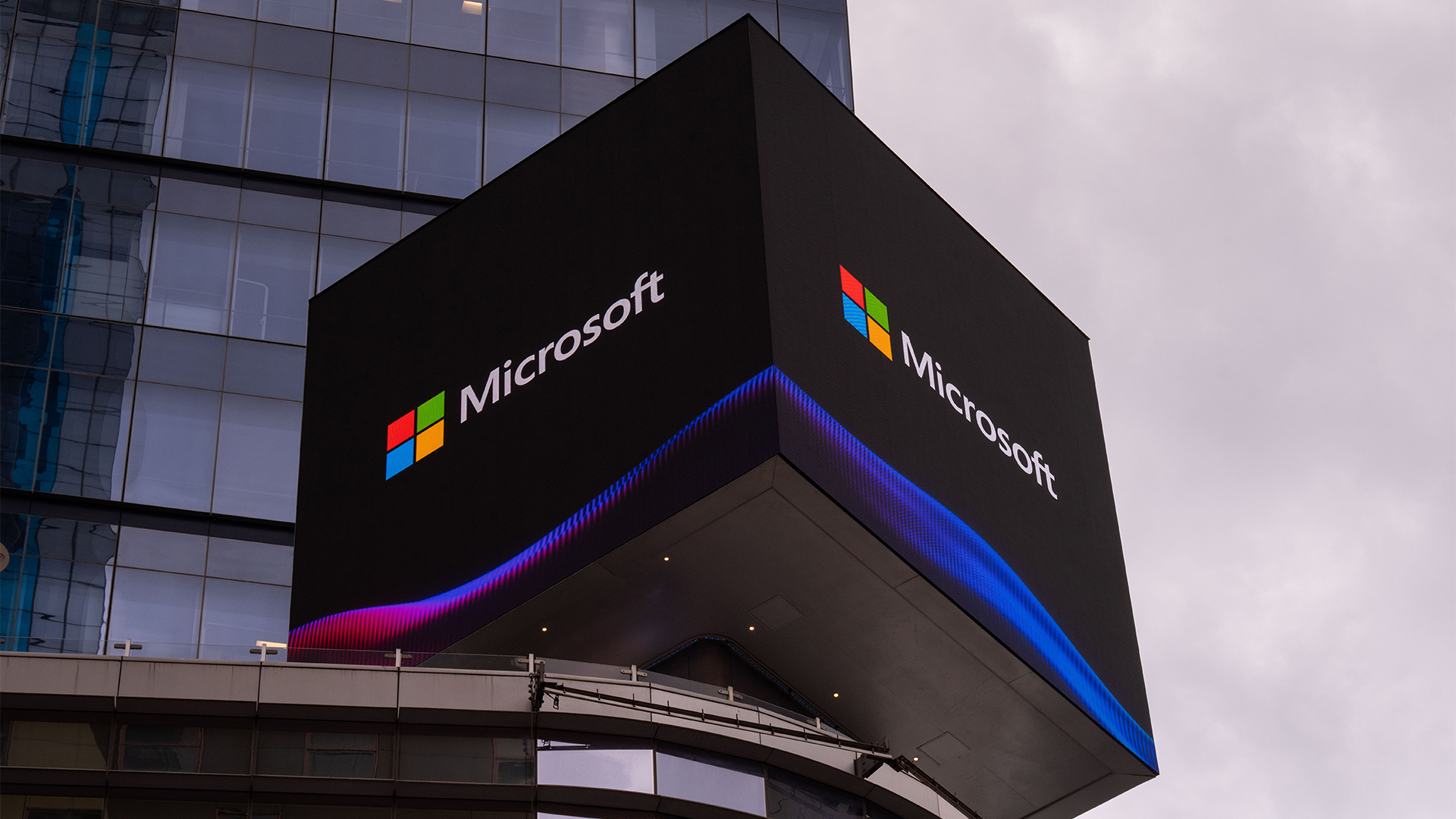 A terrifying Microsoft flaw could’ve allowed hackers to compromise ‘every Entra ID tenant in the world’
A terrifying Microsoft flaw could’ve allowed hackers to compromise ‘every Entra ID tenant in the world’News The Entra ID vulnerability could have allowed full access to virtually all Azure customer accounts

